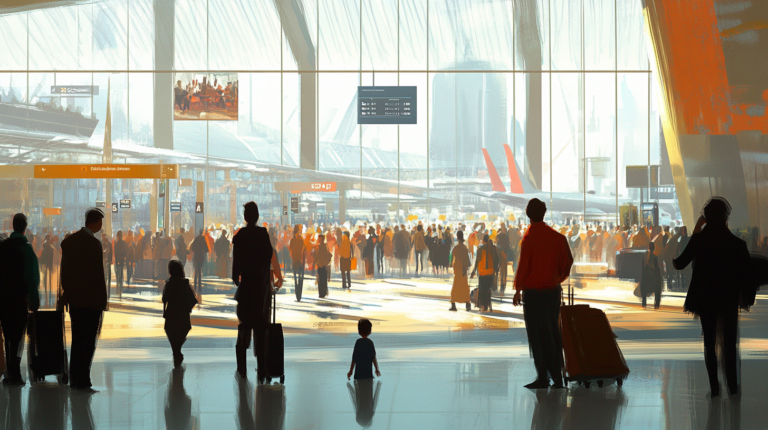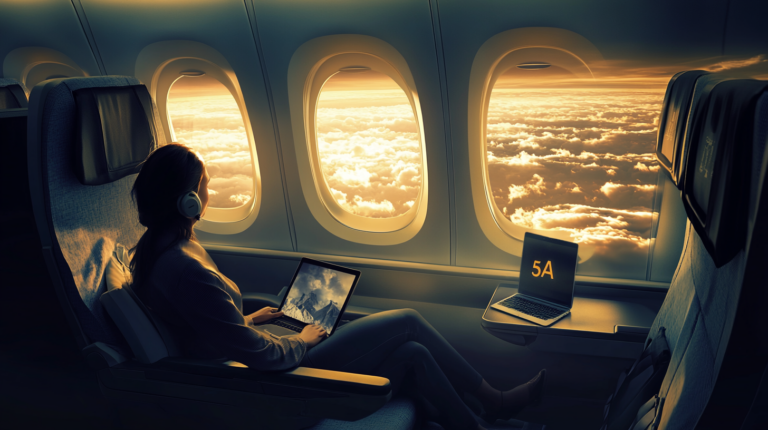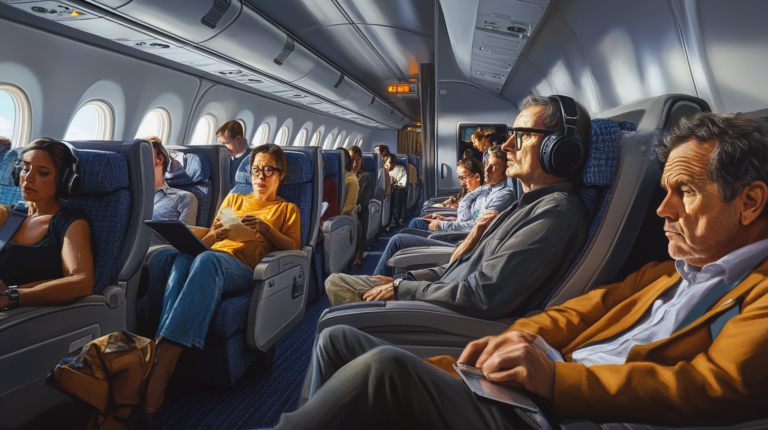5 Smart Flight Strategies for Busy Business Travelers

I’ve always noticed that carefully choosing a flight strategy sets the tone for the entire journey. There’s an undeniable satisfaction in securing just the right seat, especially when I’ve done enough research to know exactly how to maximize each travel perk. While some people believe premium cabins are out of reach, I find that a combination of innovative booking tools, timing, and good old-fashioned observation makes the experience more attainable than ever.
I’ve pored over countless social media threads and real-life passenger accounts to uncover what truly makes business travel more comfortable. Below, I’m sharing some of the best insights I’ve gathered, all with the goal of helping you enjoy a more streamlined, enjoyable flight experience.
1. Use a Meta-Search Platform

When I first started comparing flight prices, I realized it’s all too easy to get buried in browser tabs. Meta-search platforms are game-changers because they bring disparate sites together under one dashboard. From my experience, using KAYAK‘s powerful filters has helped me narrow down not just flight times and carriers, but also onboard features like seat type and in-flight Wi-Fi availability.
According to industry data collected in 2024, travelers who rely on meta-search platforms can save up to 25% on business fares during low-traffic seasons, simply by spotting deals that individual airline sites might not promote. Sites like KAYAK can also ping you with price alerts, so there’s less chance of missing out when fares drop—particularly useful if you fly frequently on airlines such as American, JetBlue, Alaska, or Delta. Delta often ranks well for seat comfort, though some passengers have noted sporadic delays or fewer in-flight amenities than competitors.
For a broader view, I’ve tested FlightsFinder.com. Billing itself as a ‘meta-meta’ search tool, it scours platforms like KAYAK, Skyscanner, and Kiwi simultaneously. I’ve personally found hidden off-peak business class fares this way that were around 20% lower than published averages. Given how comfort can hinge on seat pitch or access to overhead bins, being able to scan multiple sources at once is invaluable.
2. Explore Specialized Flight Bookers

Specialized booking sites exist because not every traveler wants to sift through thousands of flight results. Using services like BusinessClass.com has saved me hours of research. Their advanced filters highlight small but meaningful details—like the type of in-flight entertainment or meal options that matter on longer journeys. This is especially helpful if you’re juggling a busy work schedule and need a concise overview of premium fares.
A recent study suggests that over 30% of frequent business travelers book via specialized services to take advantage of negotiated, unpublished fares. I’ve noticed that transparency is key here: platforms like BusinessClass.com show you exactly what you’re paying for, from extra baggage allowances to lounge access, which fosters trust and encourages return visits.
Meanwhile, sites like Business-Class.com claim partnerships with top-tier carriers, occasionally offering 50% off or more for premium cabins. In my own experience, I’ve spotted deals that combined flexible itinerary changes, 24/7 support, and well-coordinated ground transfers. That sort of reliability can turn a stressful trip into a smooth experience, especially when you’re short on time and need your flight to go as planned.
3. Watch for Seasonal Price Fluctuations
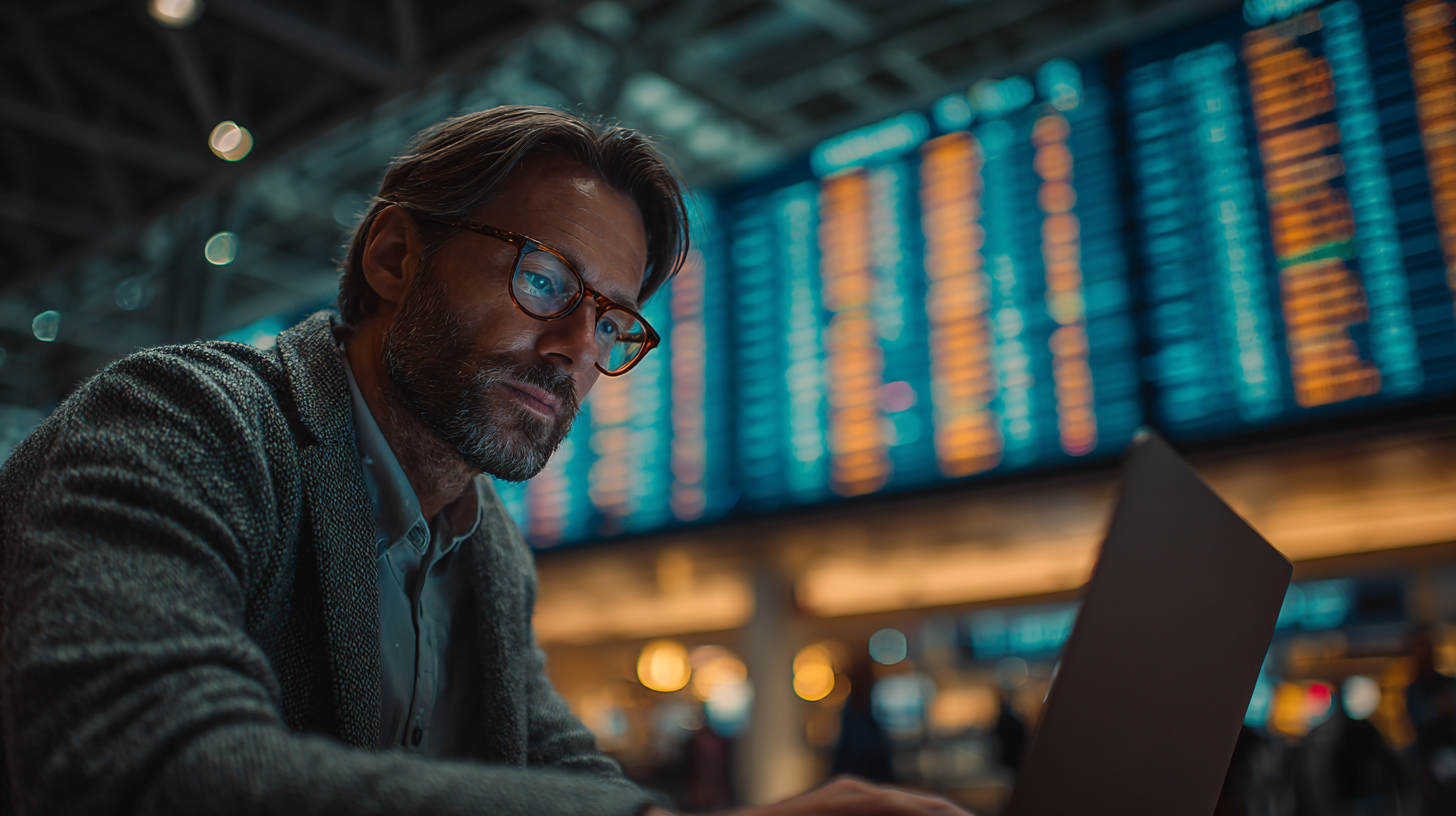
Flight prices never seem to stand still. One of the most eye-opening lessons I’ve learned is just how much fare charts change from month to month. For instance, if you’re aiming for destinations like Taipei’s Taoyuan Intl Airport, statistics published in early 2025 show January base fares often hovering around $1,082 for business class. By December, those same routes can skyrocket to an average of $3,700 or more.
I’ve experienced this firsthand while trying to sneak in a winter work-cation. The weather in Taipei can also play a part in pricing, as June’s rainfall peaks at roughly 11.7 inches and November typically dips to only 2.7 inches of precipitation. My advice is to plan ahead: if you’re flexible, take advantage of those off-peak windows to save both money and sanity.
Booking apps that chart price fluctuations, combined with email alerts, make it easier to lock in fares at their lowest. Whether you prefer mild winter travel or want to brave the summer crowds, a little seasonal awareness can translate into major cost savings.
4. Look for Extra Perks and Amenities
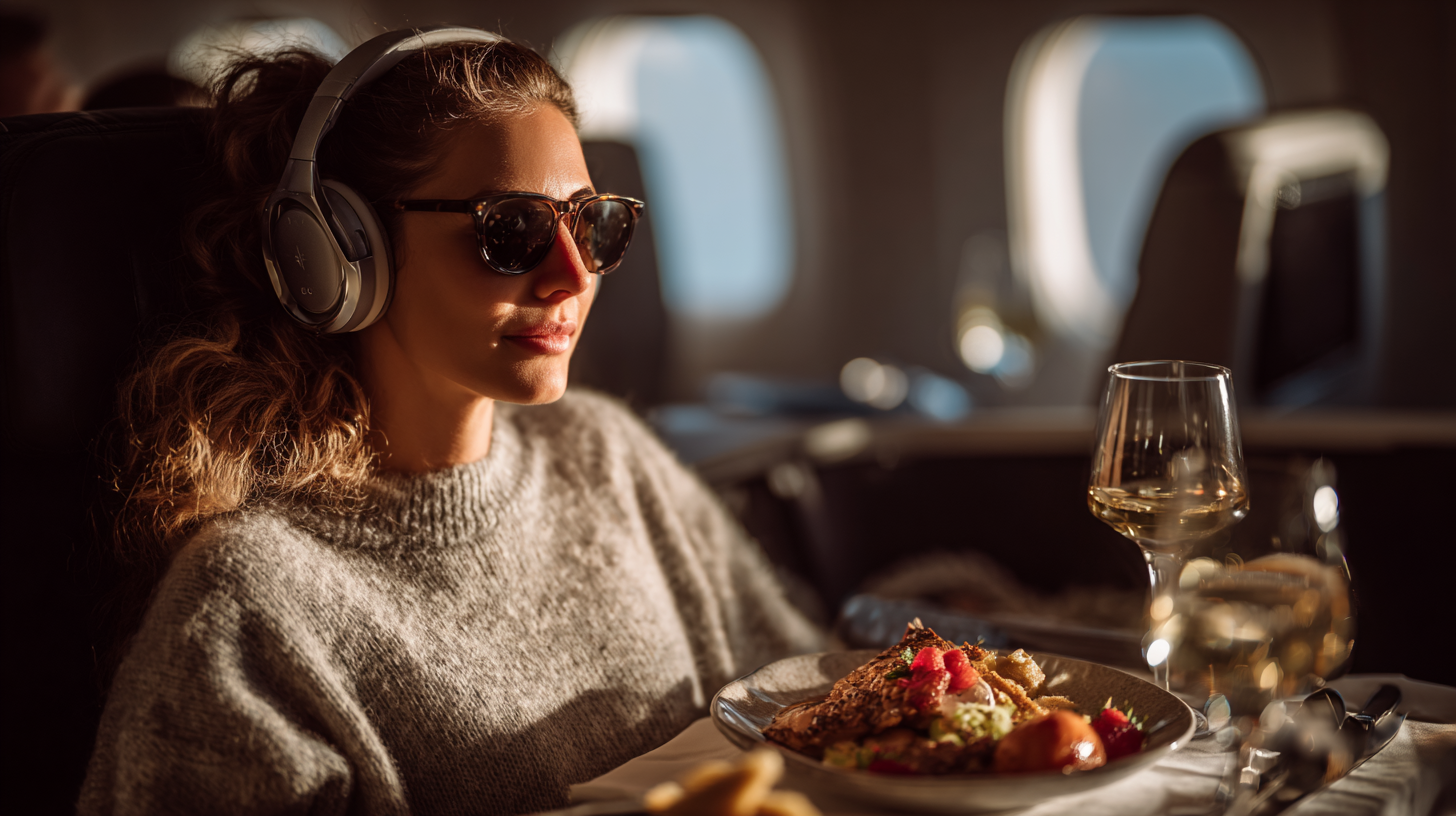
In my view, business class isn’t just about the wider seat or extra legroom—it’s about the details that enhance the journey, like lounge access, expedited check-in, and early boarding privileges. Having a single platform to see all those options, such as AmTrav, can feel like a breath of fresh air. I’ve used it to line up multi-city itineraries without worrying I’d miss a critical perk along the way.
A 2024 survey of frequent flyers revealed that nearly 40% value airport lounge options as highly as seat comfort. After a few back-to-back flights, I completely understand why—a quiet lounge with solid Wi-Fi makes a world of difference for productivity. I’ve found it especially vital for trips involving tight connections or last-minute changes.
Still, I always recommend reading recent traveler reviews, since carriers can change policies or in-flight offerings without much notice. Even top-rated airlines face occasional hiccups in catering, baggage handling, or entertainment updates. By checking aggregated feedback, I’ve avoided more than a few unwelcome surprises mid-flight.
5. Consider Consolidators and Geo-Arbitrage
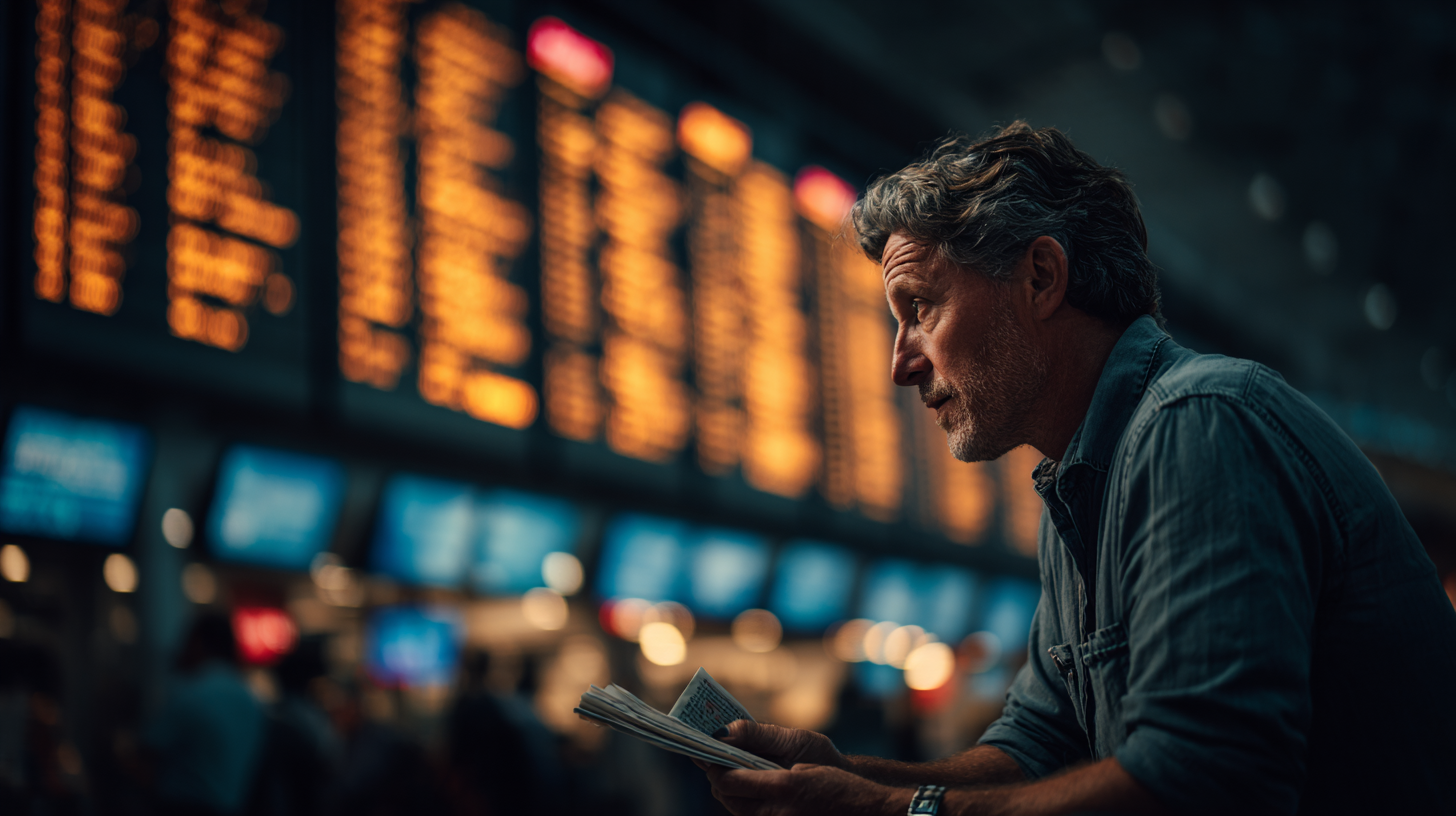
When it comes to snagging premium seats at economy prices, consolidators have proven their worth time and again. These specialized agents hunt down deals that aren’t easily found through conventional channels. I’ve personally saved hundreds of dollars by taking advantage of flexible flight dates or rerouting through an alternate airport.
This tactic, known as geo-arbitrage, can sometimes feel like an insider’s secret. For instance, I once booked a flight from a smaller regional airport rather than a major hub and ended up with a ticket that cost 40% less, all for a similar or sometimes even better seat configuration. According to industry data, savvy travelers can shave off up to 50% on business class tickets by using this approach.
The key is diligence. I keep watch for fare drops, sign up for alerts on multiple platforms, and review historical data on seasonal trends. No trick is foolproof, but being prepared often yields the best luxury-for-less outcomes. Over time, these small savings add up, helping transform my perspective on how to fly comfortably without overspending.
Final Thoughts

Navigating the world of business air travel feels more intuitive to me now than ever before. I’ve discovered that combining meta-search platforms with specialized booking services is a great way to cover all my bases, from finding hidden fare cuts to confirming lounge access. Timing, of course, remains a critical factor: I look at seasonality and flight schedules the same way I might track any important investment.
Perks extend beyond the aircraft itself. Amenities like priority check-in, flexible rebooking policies, and well-designed lounges genuinely elevate the travel experience. In the end, I believe it all comes down to matching the right resources with your personal preferences. When you travel often—especially for business—there’s no substitute for thoughtful planning.
Ryder’s Take
I’ve learned that the best seat isn’t always just about physical comfort; it’s also about how a flight fits into your overall trip. By diving into real passenger accounts and watching market patterns, I’ve found plenty of evidence that enjoyment and productivity can coexist in the skies. With the right tactics in place, every leg of your journey can transition smoothly.
Each trip offers a fresh opportunity to refine your approach to booking flights. Experiment with new platforms, check seasonal variables, and stay curious about what your fellow travelers are saying. There’s always a new insight waiting to reveal the perfect seat that fits both your budget and your sense of adventure.


